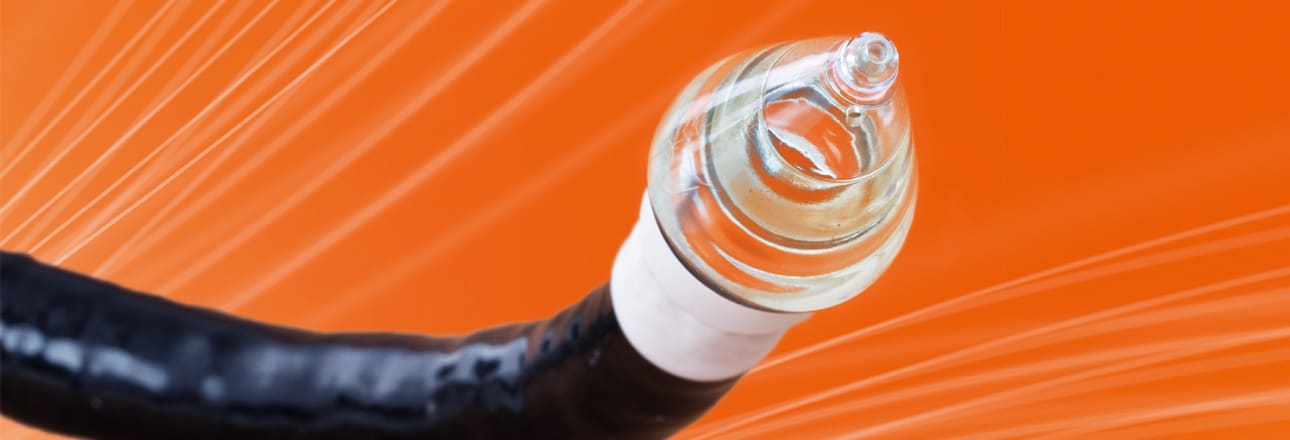The patient had experienced esophageal perforation due to bougienage with a through-the-scope balloon, which led to emergency thoracotomy with esophagectomy and gastric pull-up. A 5 mm stricture developing at the anastomotic site 15 months later was safely and effectively dilated with the BougieCap
H. Ramrakhiani and G. Triadafilopoulos, Stanford University School of Medicine, Stanford, CA, USA, presented a case study on stricture dilation with the BougieCap.
A 62-year old man had previously presented with chest pain, nausea, vomiting, and odynophagia. Diagnostic endoscopy with circumferential biopsies showed evidence of acute ischemic injury of the esophageal wall. Four weeks later, the ischemic area had turned into a stricture, extending 10 cm long from mid to distal esophagus and as narrow as 4 mm. A balloon dilation was undertaken with a through-the-scope balloon, which was complicated by an esophageal perforation. Emergency thoracotomy was necessary, associated with distal esophagectomy, gastric pull-up and placement of a feeding jejunostomy. 15 months later the patient presented with progressive difficulty in swallowing associated with 16 lb weight loss. Barium swallow examination revealed a tight stricture at the anastomosis with a narrowed lumen diameter of 5 mm. The stricture was located just distal to the upper esophageal sphincter. This time, the decision for bougienage with the BougieCap was made. Over the course of a few weeks, the patient underwent three upper endoscopies with BougieCap dilation of the stricture to 12 mm size with good results. At a follow-up examination 6 months later, the patient reported being able to eat a normal diet and had gained 10 lb.
The authors discussed that currently available bougienage techniques for esophageal strictures (balloons and mechanical dilators) have limitations when used for the treatment of high cervical esophageal strictures or eosinophilic esophagitis-related tight esophageal strictures. The transparent BougieCap allows for visualization of mucosal disruption in real time during stricture dilation. Thus the authors conclude that the device may help to avoid overstretching and reduce the risk of complications. As the BougieCap is a relatively new device, prospective studies with larger numbers of patients and with long-term follow-up are still outstanding.
Negotiating Dire Straits with a BougieCap
Ramrakhiani H, Triadafilopoulos G.
Digestive Diseases and Sciences; https://doi.org/10.1007/s10620-020-06236-z


 English
English  Français
Français 